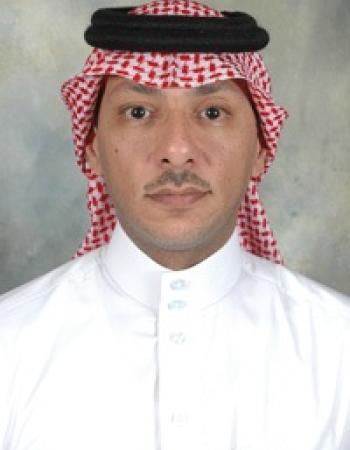Effect of pollution on DNA damage and essential fatty acid profile in Cirrhinus mrigala from River Chenab
MAHBOOB, Bilal HUSSAIN 1 , Tayyaba SULTANA 1 , Salma SULTANA 1 , K. A. AL-GHANIM 2 , Shahid . 2017
The objective of this study was to evaluate the eff ect of anthropogenic pollution on DNA
damage and the fatty acid profi le of the bottom dweller fi sh ( Cirrhinus mrigala ), collected from the River
Chenab, in order to assess the eff ect of the toxicants on the quality of the fi sh meat. The levels of Cd, Hg, Cu,
Mn, Zn, Pb, Cr and Sn and of phenols from this river were signifi cantly higher than the permissible limits
set by the USEPA. Comet assays showed DNA damage in Cirrhinus mrigala collected from three diff erent
sampling sites in the polluted area of the river. Signifi cant diff erences were observed for DNA damage
through comet assay in fi sh collected from polluted compared to control sites. No signifi cant diff erences
were observed for DNA damage between farmed and fi sh collected from upstream. The micronucleus assay
showed similar trends. Fish from the highly polluted sites showed less number of fatty acids and more
saturated fatty acids in their meat compared to fi sh from less polluted areas. Several fatty acids were missing
in fi sh with higher levels of DNA in comet tail and micronucleus induction. Long-chain polyunsaturated
fatty acids, eicosapentaenoic acid (20:5n-3) was found missing in the fi sh from polluted environment while
it was found in considerable amount in farmed fi sh 7.8±0.4%. Docosahexaenoic acid (22:6n-3) also showed
signifi cant diff erences as 0.1±0.0 and 7.0±0.1% respectively, in wild polluted and farmed fi shes.

This current work revealed a single-step fabrication of tungsten oxide nanoflakes (WO3
NFs) with the help of Terminalia arjuna bark extract. Bioactive phytoconstituents of T. arjuna bark…

In the present work, the residual biomass of the green seaweed Ulva lactuca was chosen as feedstock to undergo separate
hydrolysis and fermentation process to produce bioethanol. The…

Waterbirds may be a good indicator of harmful metal levels in aquatic environments. Waterbirds’
organs and tissues were tested for the presence of pollutants, such as metals. However,
…

